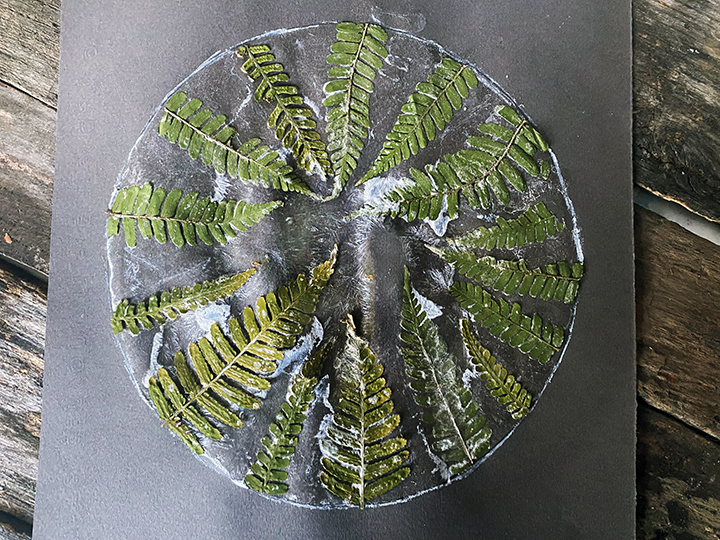
November is the time that the really frosty mornings start for us. The Assiniboine and Creek people call this moon the Frost Moon, the Anishnaabeg and Passamaquoddy call it the Freezing Moon, and the Algonquin tribes call it the Much White Frost on Grass Moon. The Abenaki refer to the Freezing River Maker Moon, and the Arapaho people call it the When the Rivers Start to Freeze Moon. This is a great time to explore outside and look for different types of frost. I always seem to find myself taking pictures of leaves that look like they are dusted with icing sugar. If you have old wondows like us you’ll start to see beautiful feathers of frost form on them in the morning. There are even “frost flowers” that is formed when thin layers of ice are extruded from long-stemmed plants in autumn or early winter. They make fascinating petals or ribbons of ice.
Frost is different than snow– it is ice that formed from water that has condensed out of the air and frozen. Frost forms in air that is saturated, or filled, with moisture. This frozen condensation is especially interesting because it moves directly from a gaseous state (water vapor in the air) to a solid, forming tiny crystals. This happens when an outside surface cools past the dew point. If it gets cold enough, little bits of ice, or frost, form. The ice is arranged in the form of ice crystals. These crystals continue to grow as more water vapor accumulates. Snow crystals form on suspended dust particles in the atmosphere, frost crystals form near the ground on solid surfaces.
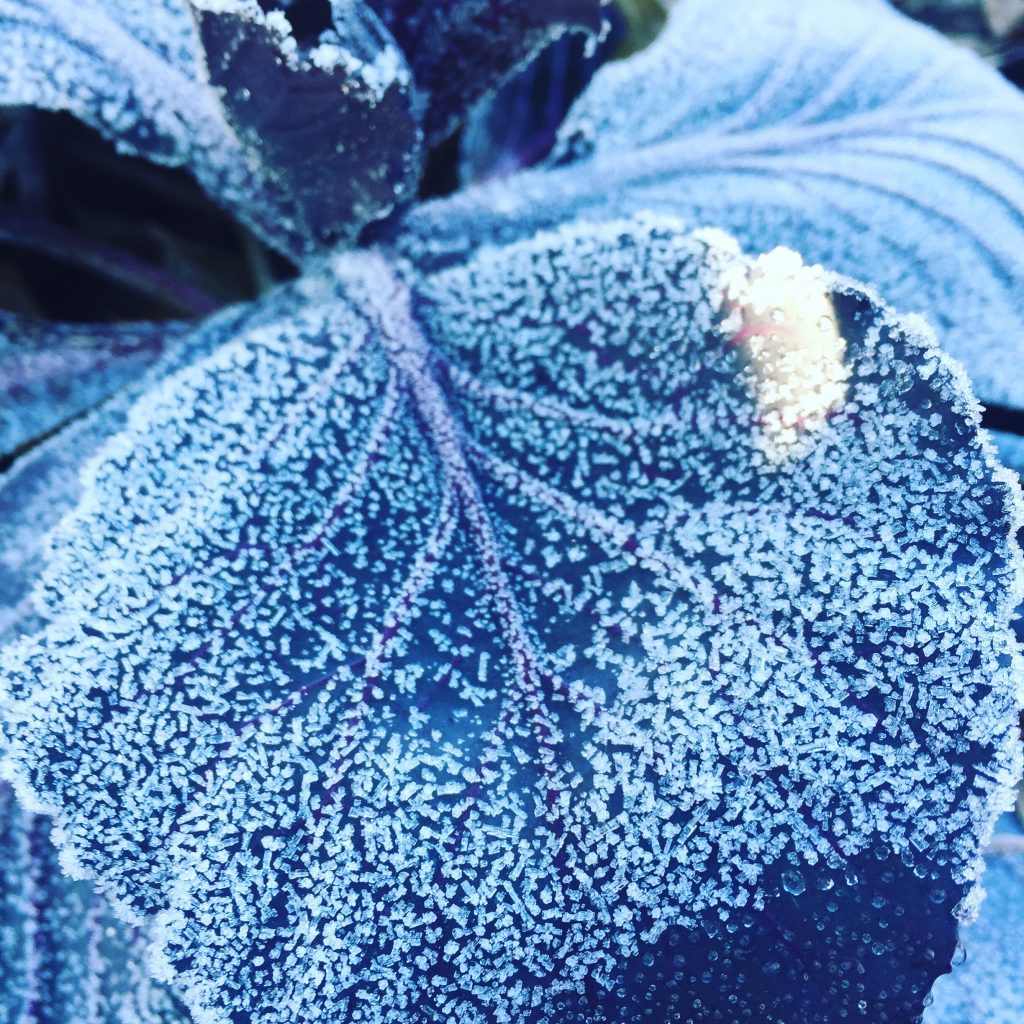
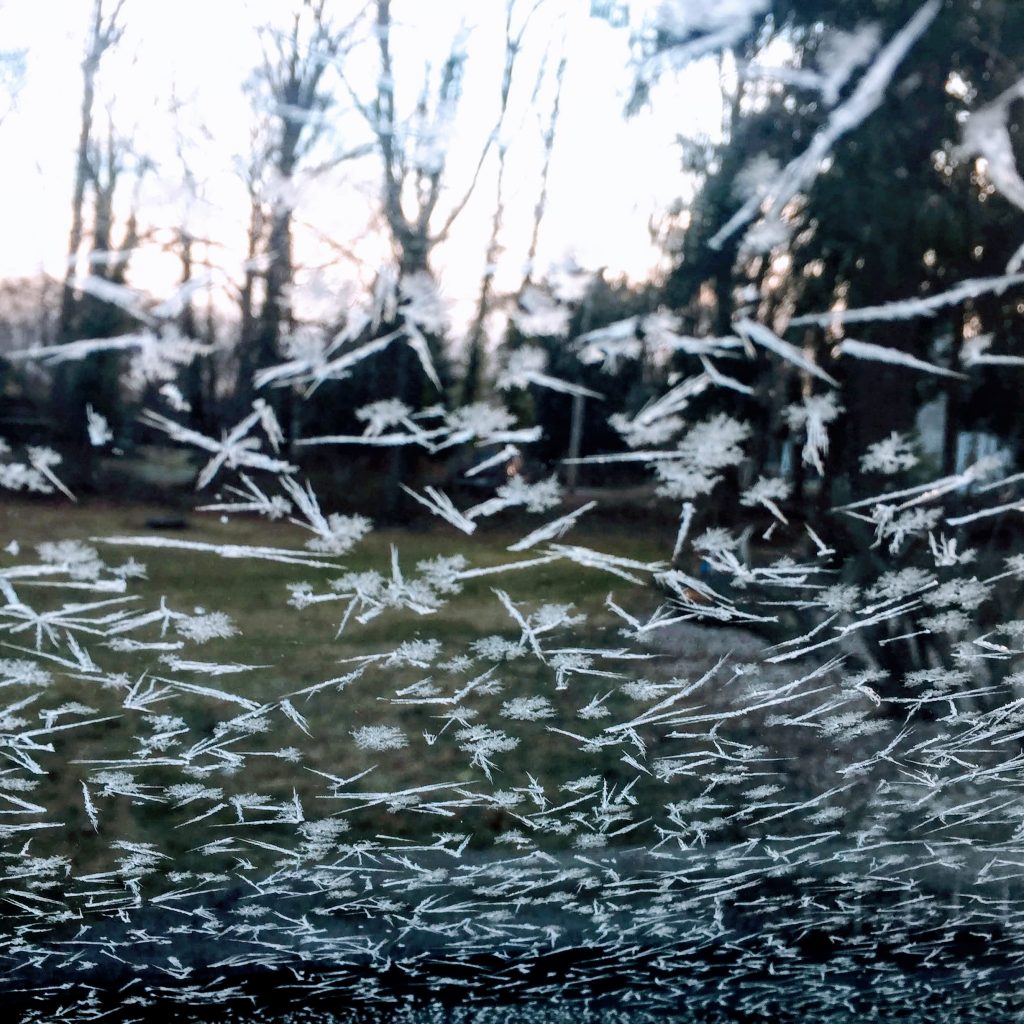
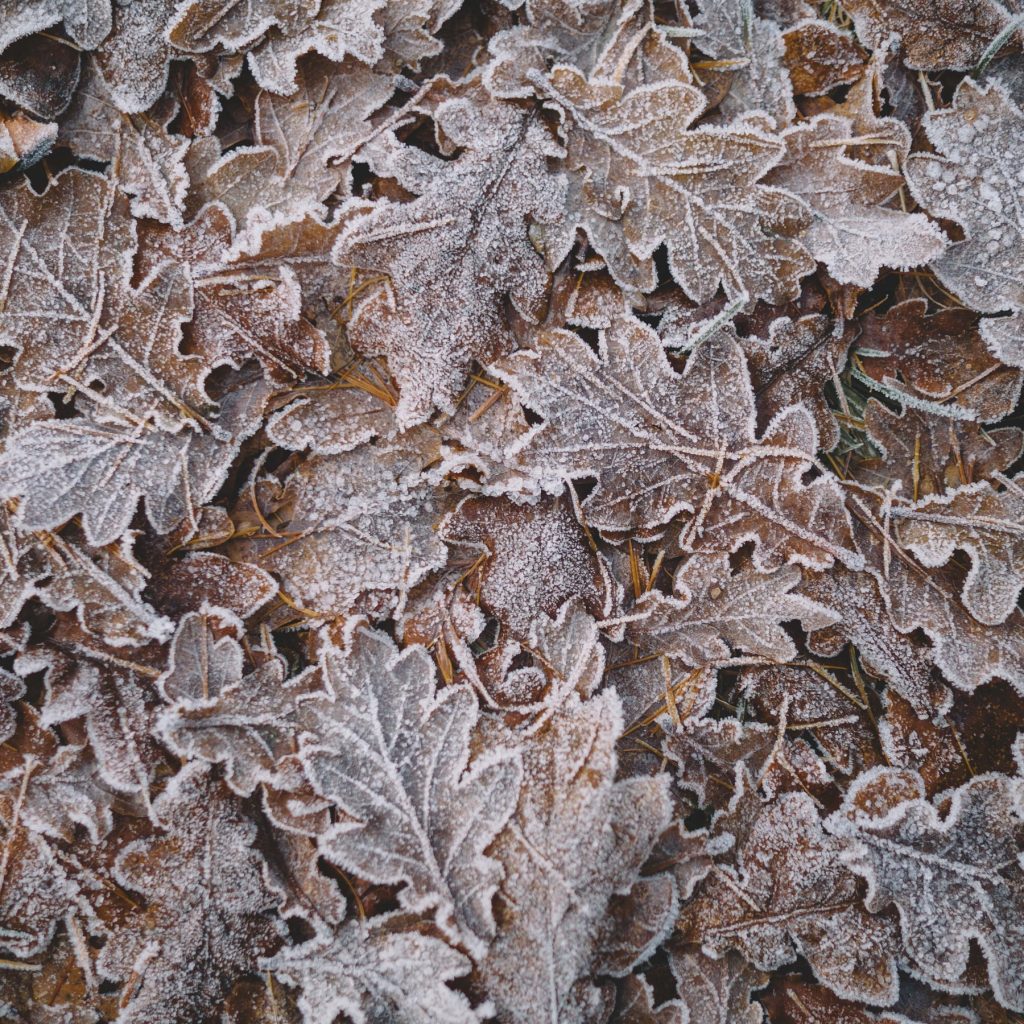
There are different types of frost. The most common are hoarfrost, advection frost, window frost, and rime:
- Hoarfrost is frost in the form of tiny ice crystals that usually shows up on the ground or exposed objects outside. Hoarfrost also forms in refrigerators and freezers.
- Advection frost is a collection of small ice spikes. Advection frost forms when a cold wind blows over the branches of trees, poles, and other surfaces.
- Window frost forms when a glass window is exposed to cold air outside and moist air inside. Window frost is familiar to winter residents of cold climates. Indoor heat and cold outdoor temperatures form this type of frost. Window frost was much more common before people began using double-paned windows.
- Rime is frost that forms quickly, usually in very cold, wet climates. Rime also forms in windy weather. Rime sometimes looks like solid ice.
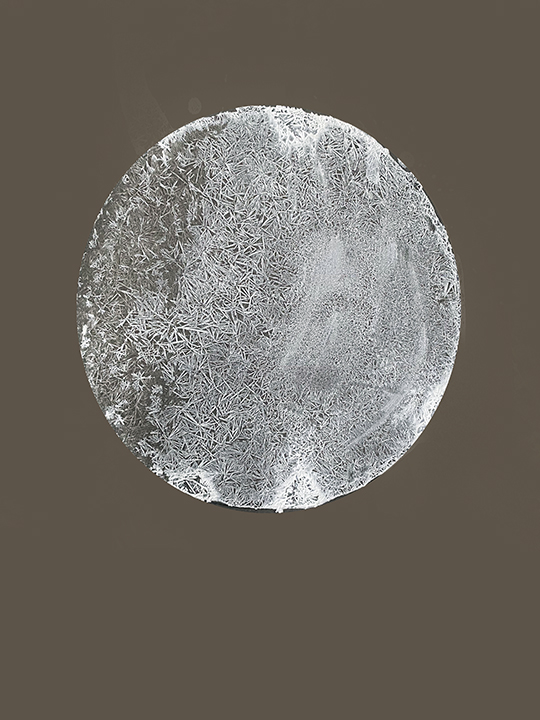
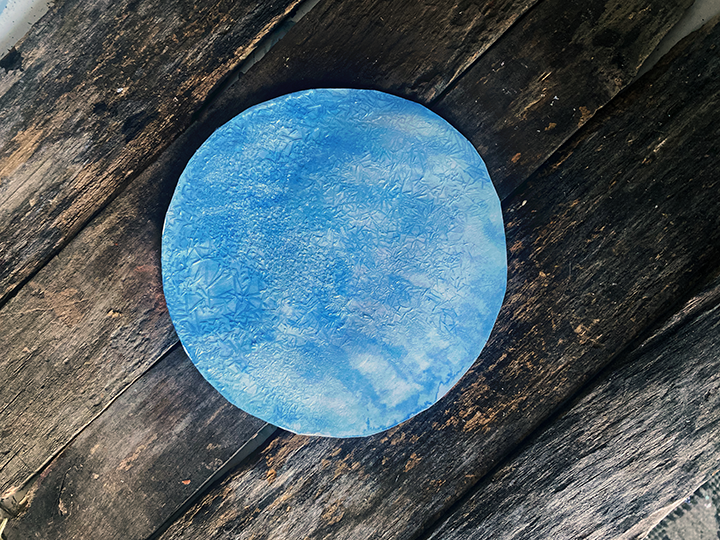
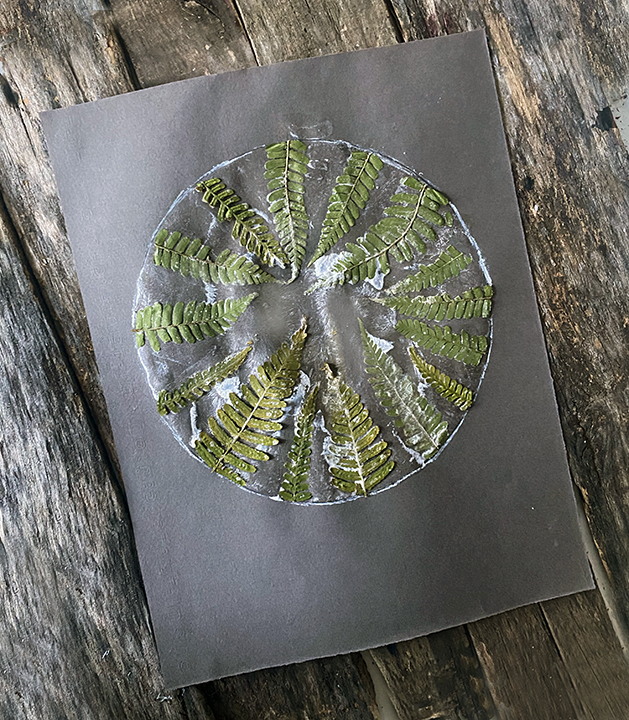
Frost Painted Moons
This is a simple solution to mix up, but does require some patience on the part of the artist. You are in effect making a super saturated salt solution which will grown into crystalline feathers as the water evaporates. It’s fairly unpredictable and it’s best to embrace that and enjoy the process. You’ll get the most pronounced crystals where you let the solution puddle up on the paper a bit, so use a heavier watercolor paper for this. The way the crystals grow is similar to the way frost grows!
Materials:
- 1/2 cup epsom salt
- 1/2 cup water
- jar with a lid
- brush and watercolor paper
- watercolor (optional)
- pressed plants + glue stick (optional)
Method:
Put the epsom salt and water in a glass jar. With the lid off, heat the solution in the microwave for 30 seconds to 1 minute. Stir carefully until the salt is dissolved. Allow to cool.
Use a plate to draw a circle on your paper lightly with pencil.
Thickly paint the salt solution in the circle. Allow to dry completely without moving it around.
Look at the sparkle!
Variation 1: Add watercolor paint to your moon either before or after you paint on teh salt solution. It will have a different effect depending on when you do it.
Variation 2: glue down ferns or other pressed plants and paint the salt solution over top of them. They will look like they are frosted!
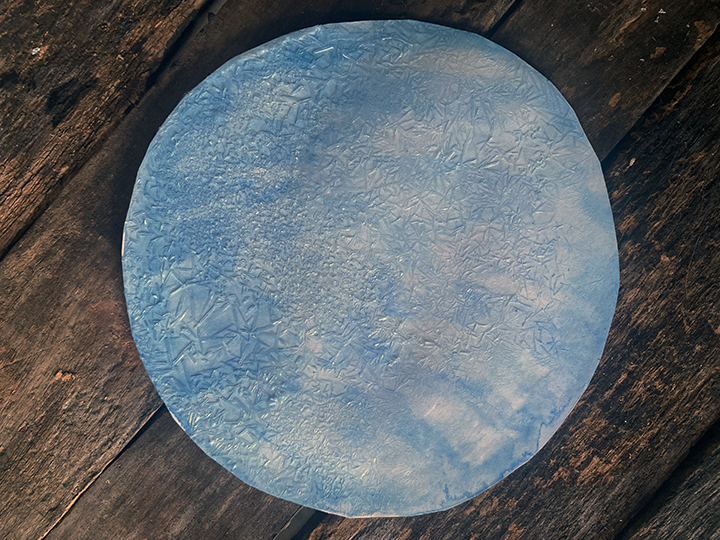
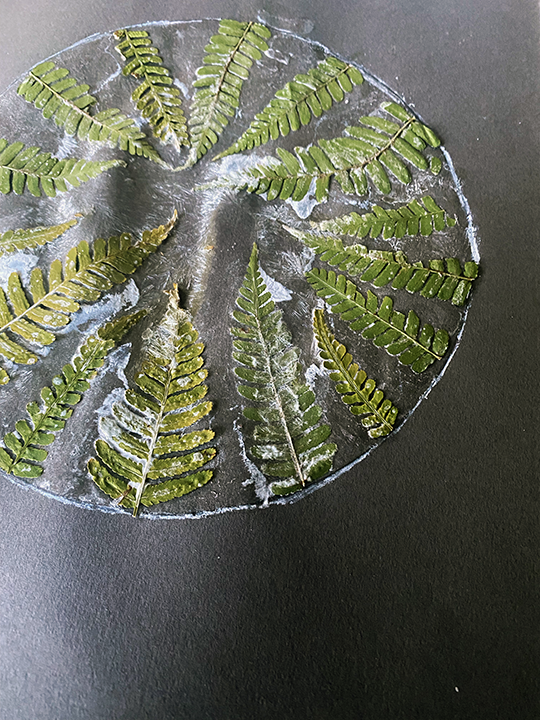
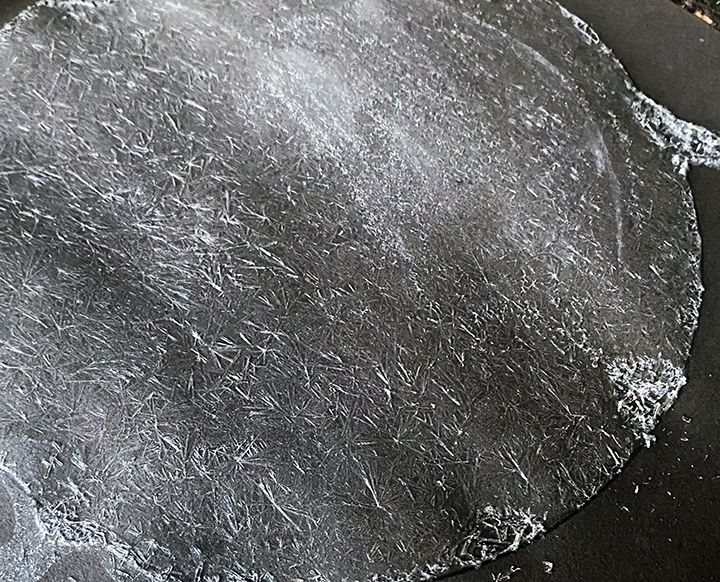
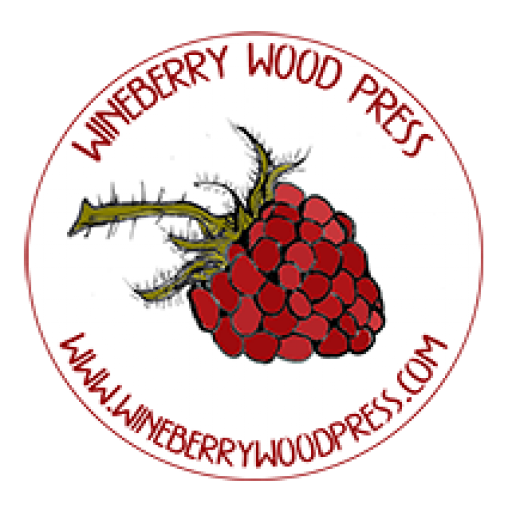
Thank you so much for this!
[…] sun catcher uses the exact same solution as my frost paint, but creates a thick layer in a clear lid instead of a thin layer on a piece of paper. It’s […]